
The Untapped Potential of Water Pumps: Transforming Your Flooded Garden
Gardening is a beloved hobby for many, providing a sense of peace and fulfillment as you nurture beautiful plants and witness them flourish. However, Mother

Gardeners need all the help they can get, but who knew there were so many helpful tips out there? We’ve compiled the best ones into a blog that will help you through each stage of your gardening life.


We have the best design ideas for your garden, as well as the best gardening advice. So whether you're an expert or a beginner gardener, you'll find what you're looking for with Tips For Gardening Online.

Whether you're a pro or novice, our website has you covered. From planting to watering, we have step-by-step guides that will help you get ahead in the gardening world.

Tired of the same old garden? We offer DIYs and other projects so you can make it your own. With just a little time and effort, your garden will have a new look in no time!

With our help, you’ll be able to customize and personalize your garden with tips about designing, planting, and caring for a garden of any size. All it takes is a little time, a few clicks, and a lot of creativity!

Our website is a comprehensive resource for gardening enthusiasts that offers guidance on the best ways to maintain and care for your garden.
We’re the leading blog on gardening, growing plants and providing advice on how to develop a healthy garden. You can find all the best tips, tricks and advice to keep your garden beautiful and thriving.




Plant your garden with tips from experts. Choose the right plants for your climate and soil, weed effectively and fertilize properly for best results.

We're all for eco-friendly gardening practices. Learn why it's important to grow plants in an environmentally friendly way, that won't harm the earth in the long run.

Need to hire a gardener or buy a tool? We have all the resources you need! We have a library of tools and gardening services you can use to make your life easier. From simple gardening gloves to mini digger hire companies, we've got you covered with advice.

We've got all the tools and gadgets you'll need for successful gardening, from seeders to trowels, so you can find the perfect one for your needs.

Planting just one type of plant in a particular area will not provide the best results. Watch our video series on plant distribution to learn how to create a perfect garden mix that will give you better results!

Pests in your garden can wreak havoc on your plants. Get rid of them with our pest control guide that has everything you need to know about how and when to use chemicals, traps, and even some organic solutions!

Need help keeping your plants watered properly? Our guide has everything you need to water your plants correctly.

Need help designing a garden? We have expert advice on everything from soil quality to the best plants for your area, as well as interactive design tools that allow you to experiment with different features in your dream garden.

Lawn care, mulching and pruning, fertilizing - if you want to know how to take care of your garden the right way, we've got the best tips and tricks.
Designing the perfect garden doesn’t have to be hard. We’ll share with you how to do it in our blog!

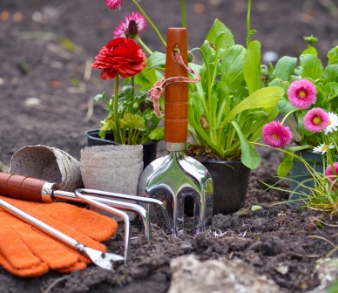


Gardening is a beloved hobby for many, providing a sense of peace and fulfillment as you nurture beautiful plants and witness them flourish. However, Mother
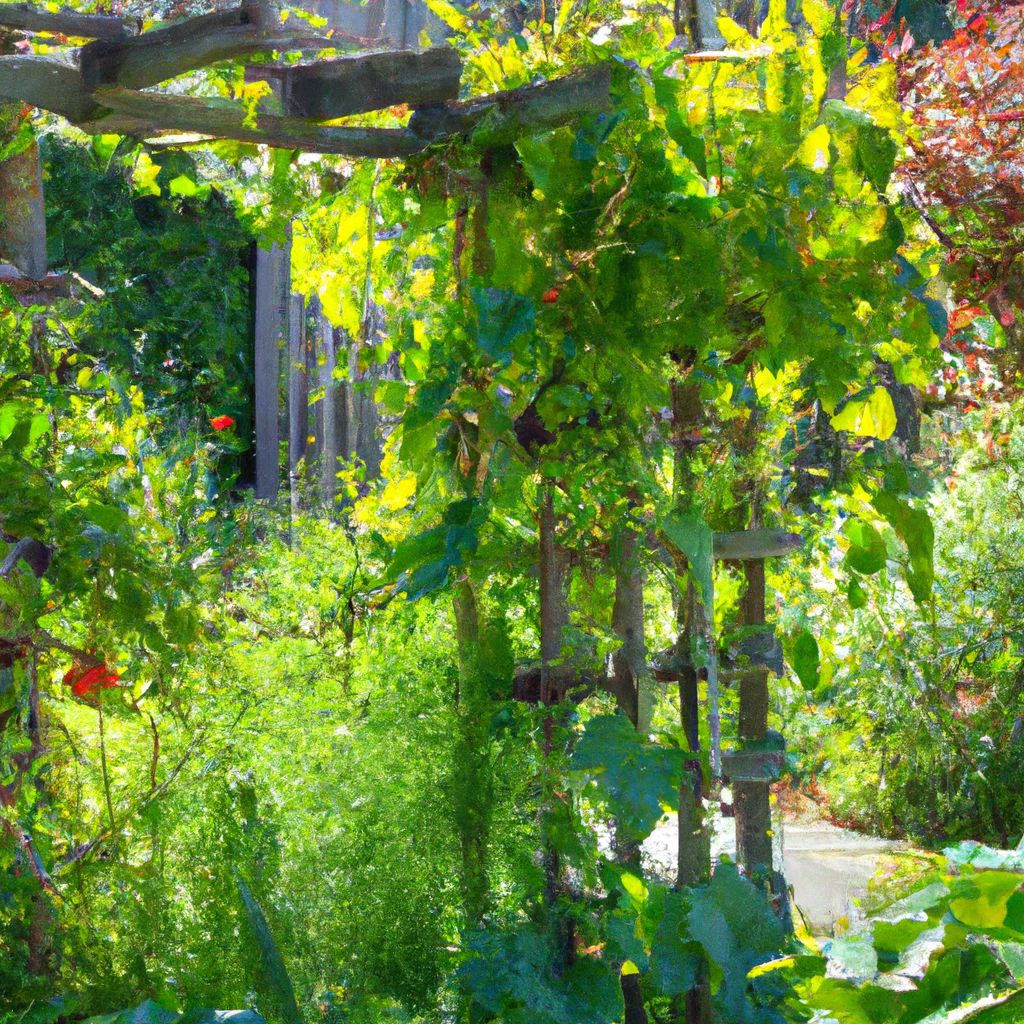
Welcome to our comprehensive guide on clever gardening tips and tricks to help you achieve a lush and gorgeous garden. Whether you’re a seasoned gardener
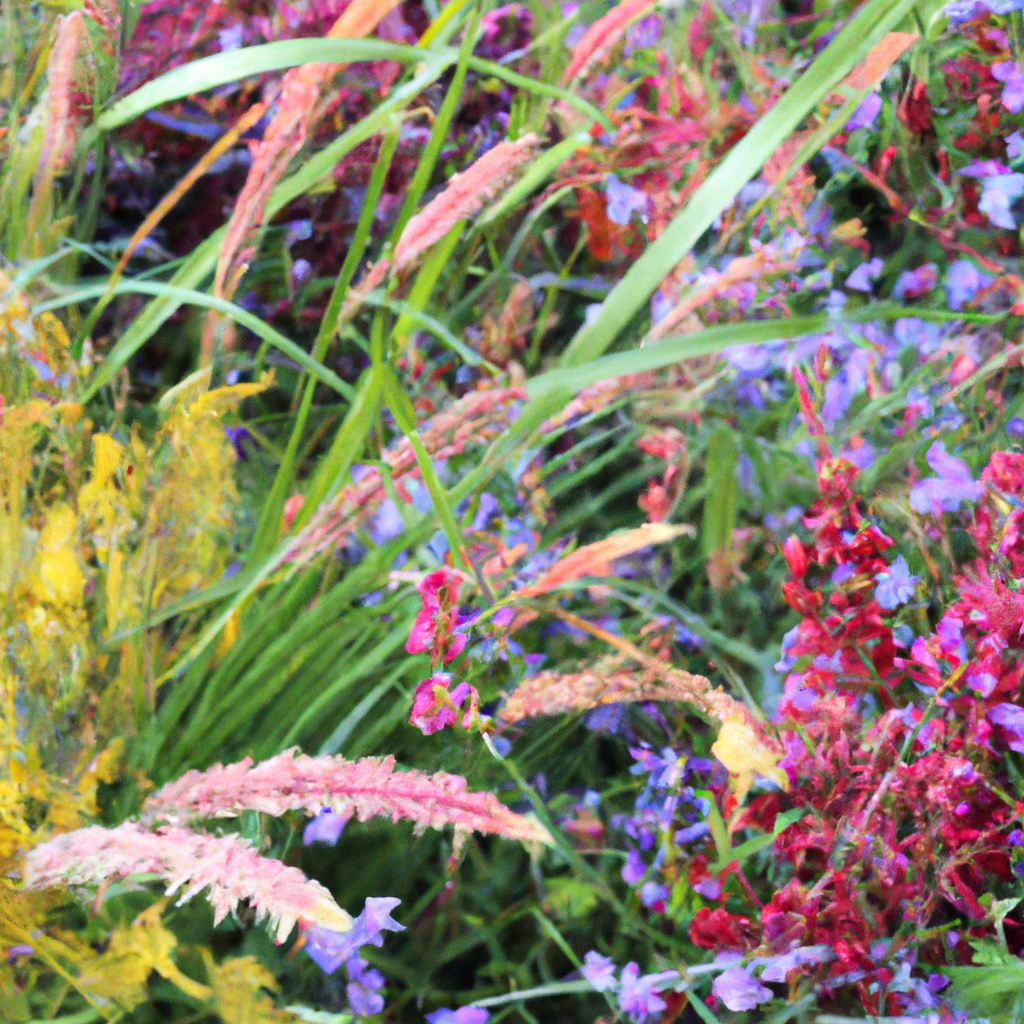
Gardening is a wonderful way to connect with nature and create a beautiful outdoor space. While many people are familiar with popular flowers like roses,

Welcome to our comprehensive guide on garden-to-table recipes! In this article, we will explore the wonderful world of fresh and delicious meals that can be
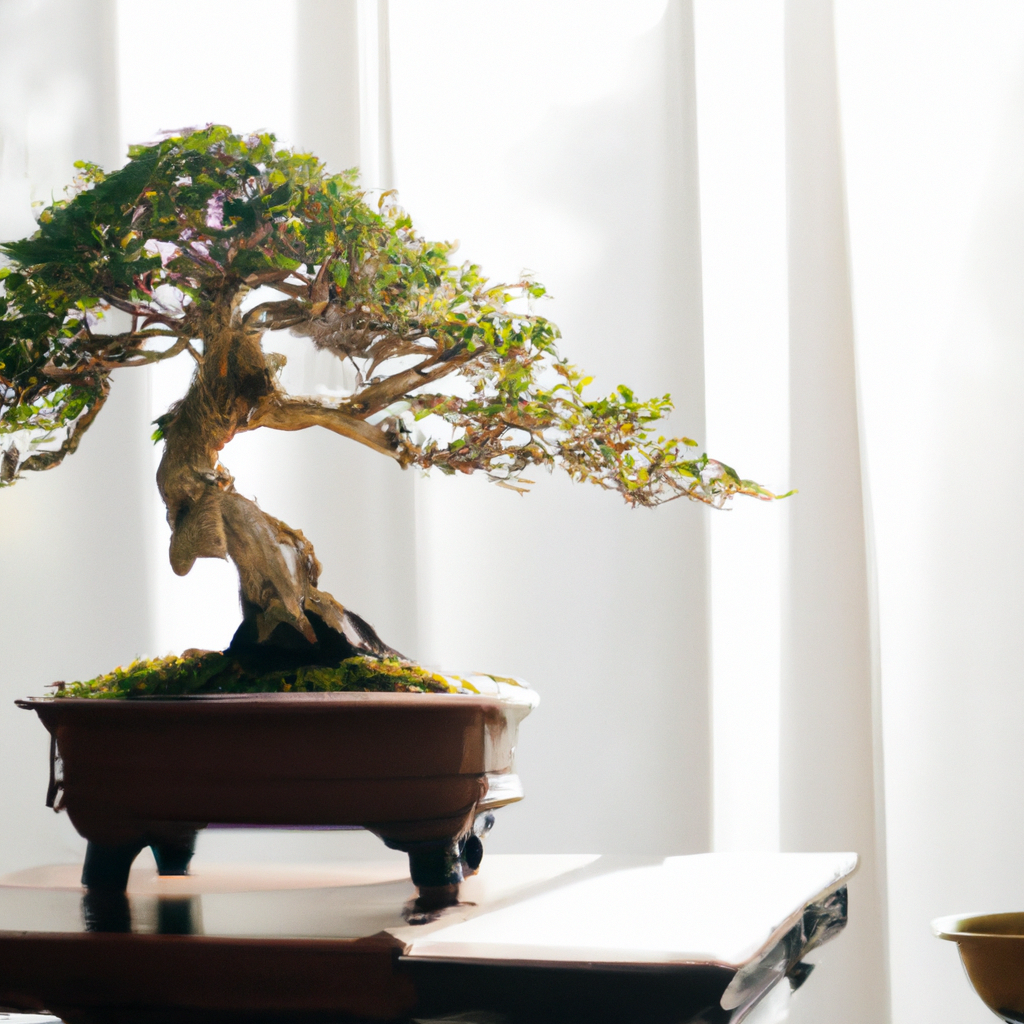
Welcome to our comprehensive guide on the ancient Japanese art of bonsai. In this article, we will delve into the fascinating world of bonsai cultivation
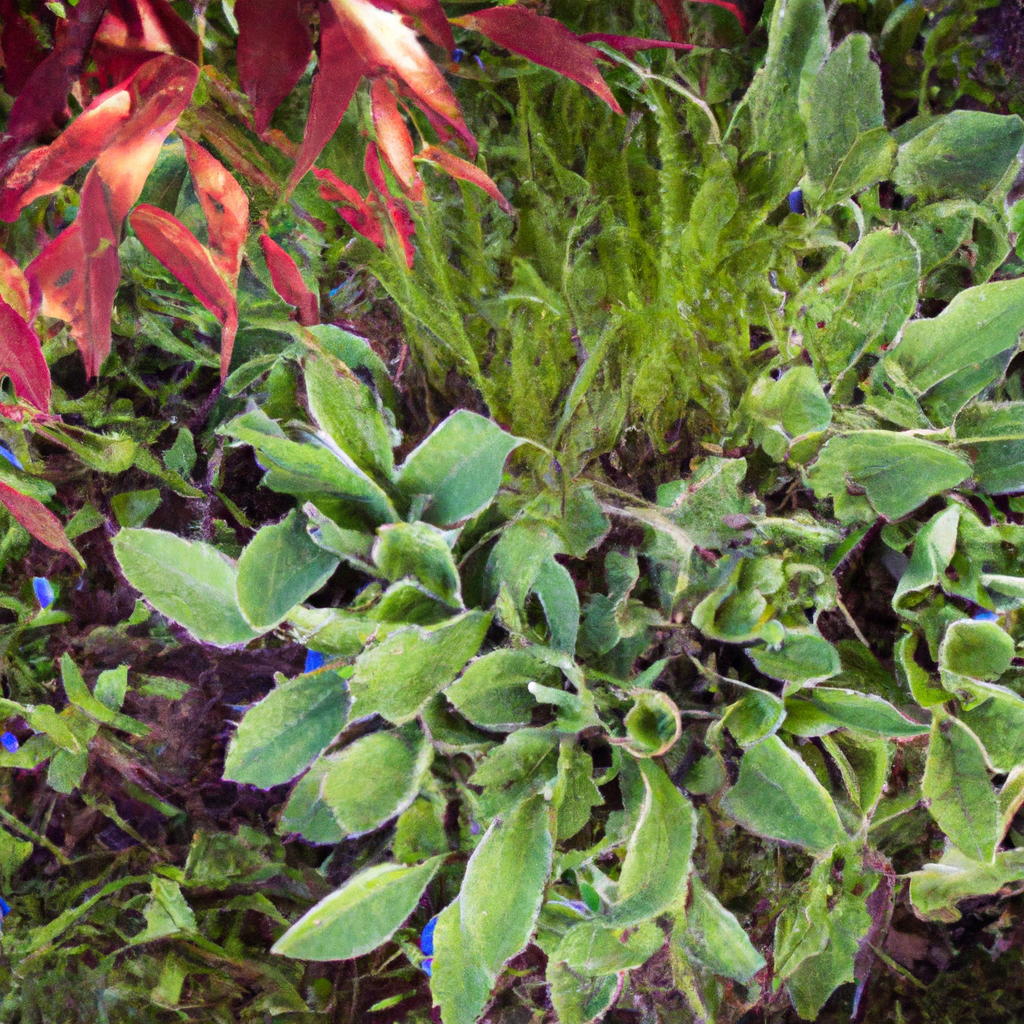
Gardening can be a rewarding and enjoyable hobby, but for those with little to no experience, it can be daunting. Many beginner gardeners struggle to

Don’t know where to start? We’ll teach you exactly what you need to do to get your garden growing.